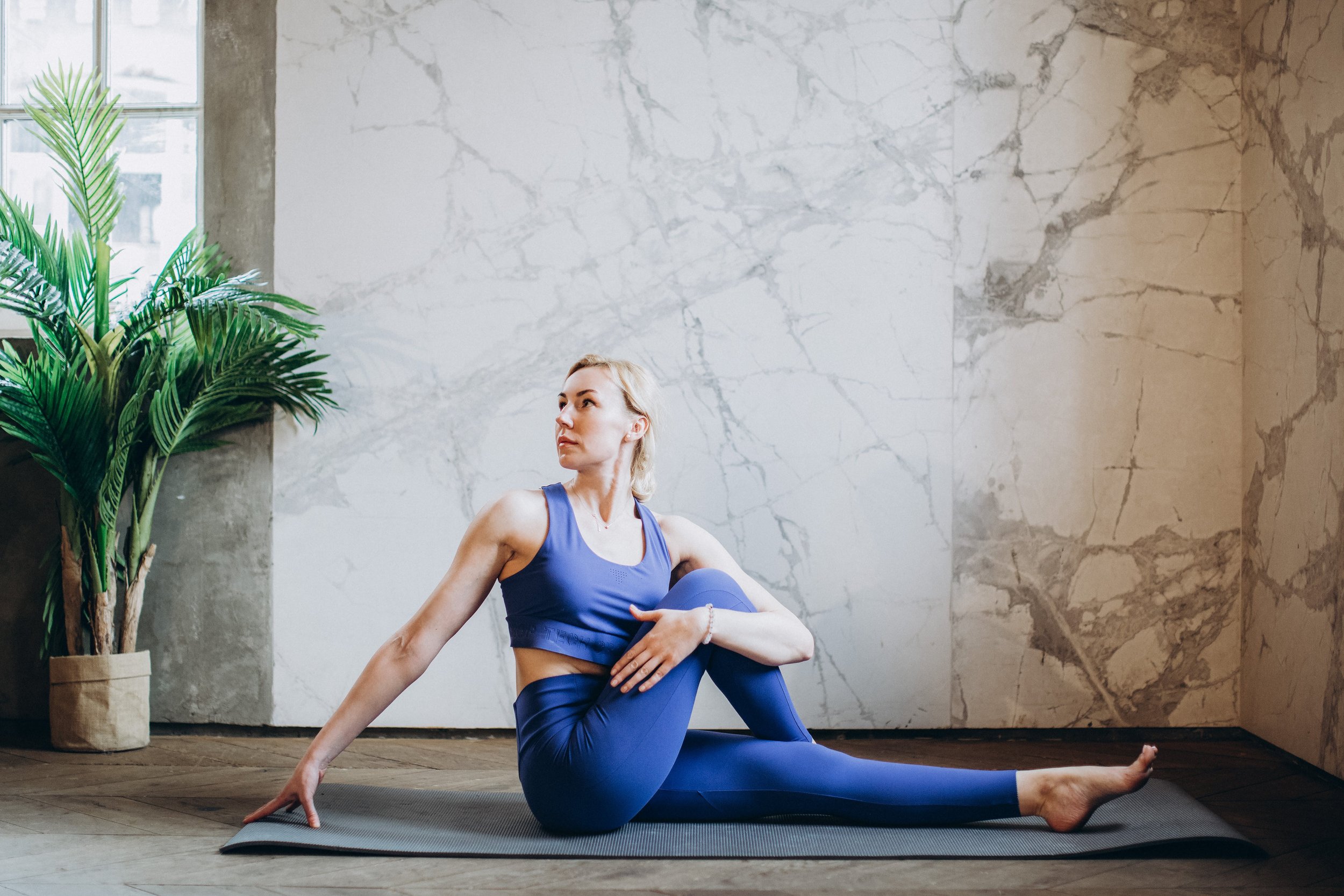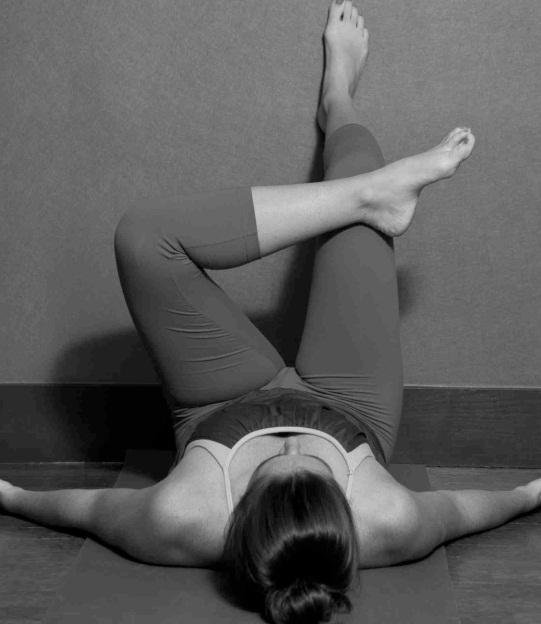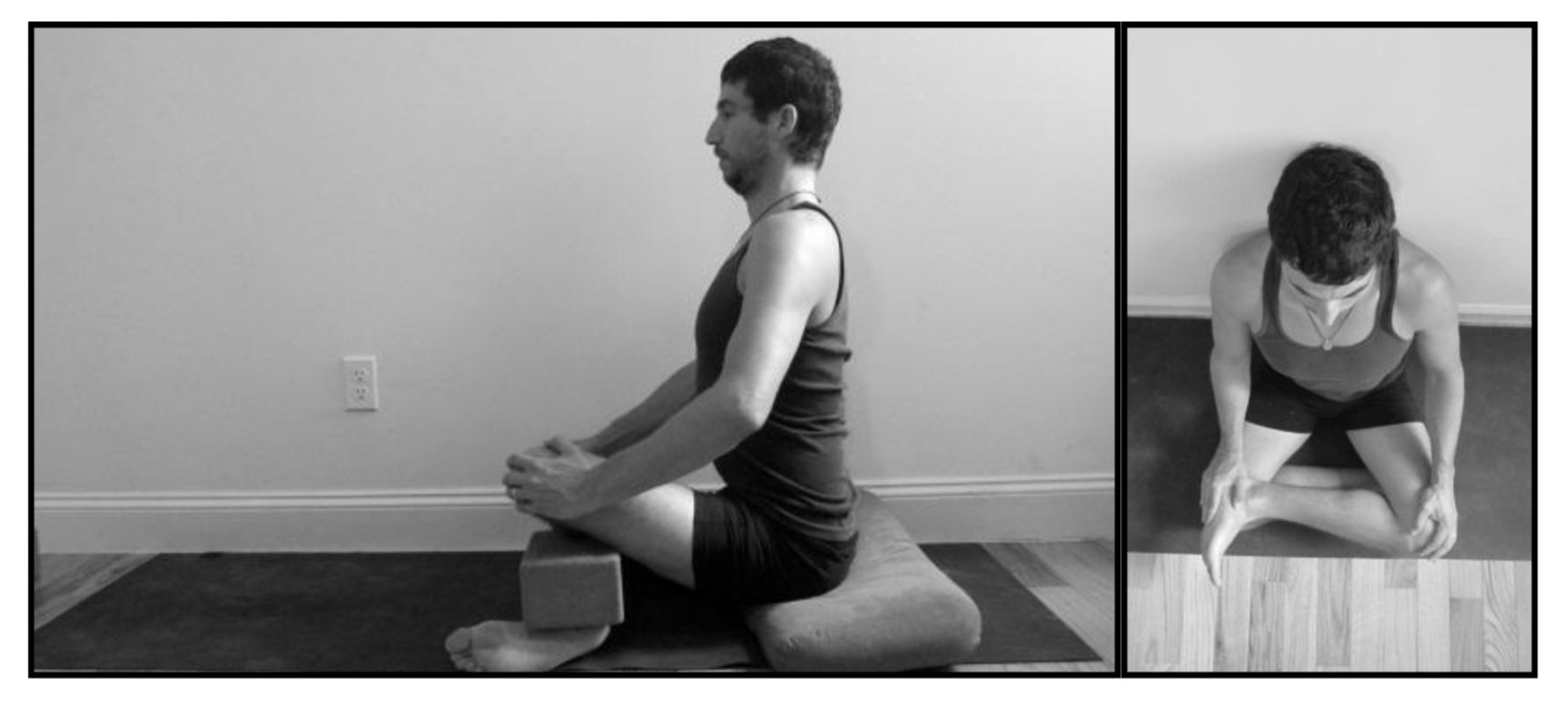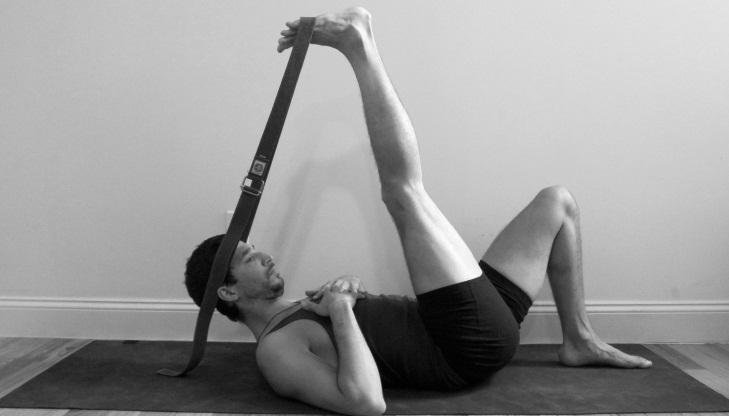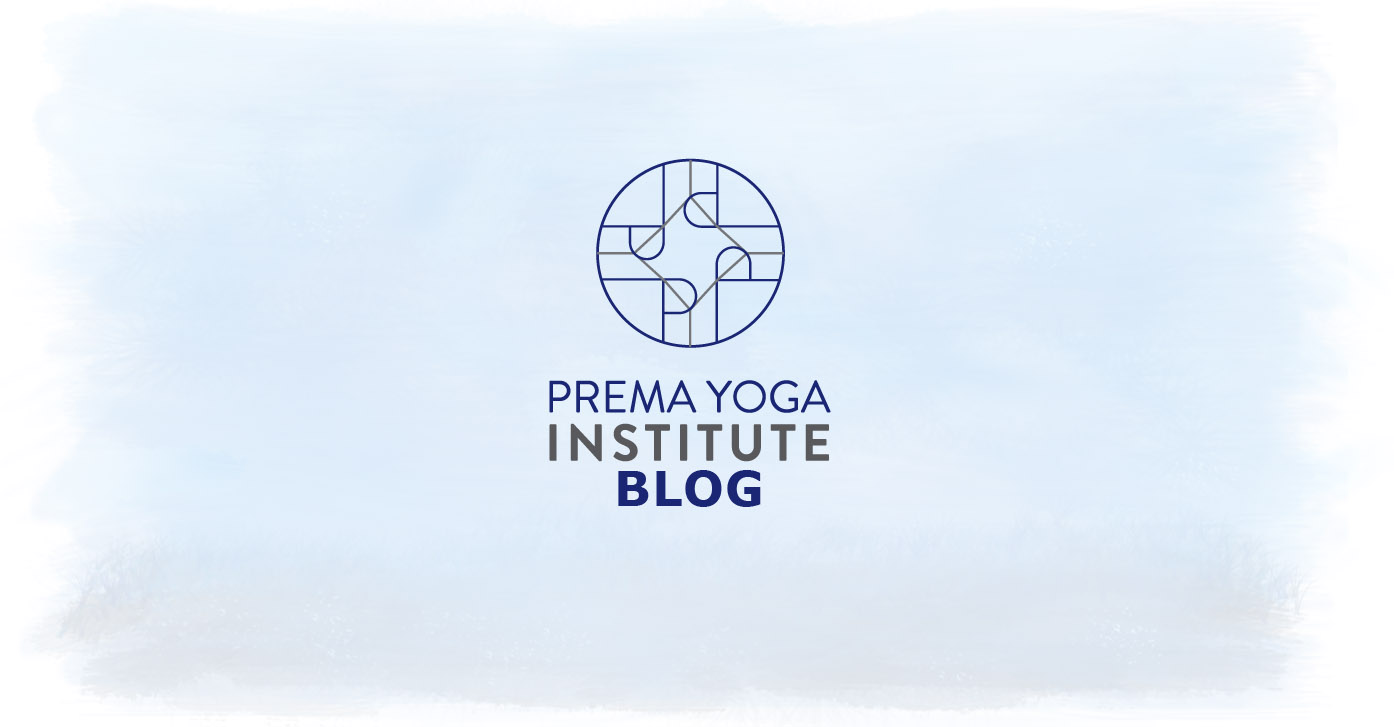
Introduction to Therapeutic Yoga for the Hips
Have you ever considered how the alignment of your pelvis impacts your overall health and mobility? This question is particularly relevant for those aspiring to become yoga instructors or those interested in yoga accreditation. Understanding the pelvic structure and its functions is crucial for effective yoga practice. After all, the hip and pelvis, with their unique composition of bones, connect the lower extremities to the spine’s base (sacrum), enabling upright stance and free movement.
The Consequences of Pelvic Misalignment
Pelvic misalignment can cause body imbalances, affecting movements like walking and running. This misalignment, often seen in older adults, leads to poor mechanics and harmful compensatory movements, potentially resulting in hip or knee replacements.
Understanding the Causes of Pelvic Issues
But, why does this happen? Pelvic issues often arise from aging, but premature dysfunction in middle-aged individuals is concerning. It can stem from loss of muscle around the pelvis or tight supporting muscles, causing compensatory movements and leading to conditions like arthritis, and sometimes necessitating joint replacement.
The Role of Yoga in Promoting Hip Mobility
Most individuals, except those regularly practicing yoga, dancing, or martial arts, do not move their hips through their full range of motion, including flexion, extension, and rotations. This lack of movement can lead to the issues mentioned earlier. However, there are yoga poses that can significantly improve hip and pelvis health, ensuring flexibility and preventing future complications.
Yoga Poses for Hip and Pelvis Health
The health of our hips and pelvis is vital for mobility, stability, and overall well-being. Yoga offers a range of poses specifically designed to enhance the flexibility, strength, and alignment of these crucial areas. Whether you’re a seasoned practitioner or new to yoga, incorporating these poses into your routine can greatly improve hip and pelvic health, offering relief from discomfort and preventing future injuries.
Supta Kapotāsana (Reclined Ankle to Knee/Reclined Pigeon)
Ideal for those who cannot perform a full pigeon pose due to limitations in hip movement.
This pose mobilizes the hip with external rotation, offering a productive variation for those recovering from hip or knee surgery.
Aim to create a 90-degree angle in both legs if possible, and use props to support the hips, lower back, and head for comfort and alignment.
This pose is also a preparatory step for more advanced poses like the Pigeon. Incorporate Warrior 1, 2, and Triangle poses to gauge readiness for Pigeon.
It’s particularly beneficial in restoring health to the lower back and alleviating sciatica.
Swastikāsana (Ankle to Knee/Double Pigeon)
Offers similar benefits in restoring hip mobility as seen in Pigeon and Cow Face poses.
Focuses on teaching external rotation in both hips without imposing rotation on the knees.
Use props under the hips and possibly the knees to ensure proper alignment and reduce strain.
When more demanding poses like Pigeon are not feasible, opt for the Easy-Seated Pose (Sukhāsana) with appropriate props.
Gomukāsana (Cow Face)
A more complex pose that involves stacking the knees while maintaining alignment in the upper body.
Prop the hips with a blanket or bolster to enhance efficiency and safety in the pose.
Effective in releasing the piriformis muscle, thus helping relieve sciatic pain in hips and legs.
This pose can be adapted for chair yoga or performed in a reclined position, starting with one leg straight and the other bent, stacked on the bottom knee.
Supta Pādāṅguṣṭhāsana Variation (Reclined Stretch with Strap)
A good alternative when hip opening poses are not suitable.
Focuses on releasing the calf and hamstrings, thus restoring health to the lower back.
This pose also brings traction into the neck, helping to restore head and neck alignment.
It’s an excellent alternative to more strenuous poses like the plow or shoulder-stand.
Viparītakaraṇī (Legs up the Wall Pose)
Excellent for releasing tension in the legs, hips, and back.
Prop the hips if there’s a gap between the hips and floor to maintain natural spinal curves.
Ideal for individuals who cannot perform forward bends while standing or on the ground.
This pose can be used as an alternative to more challenging inversions, especially when the hips are propped higher than the heart.
By incorporating these specific poses into a yoga routine, individuals can significantly improve their hip and pelvic health. These poses are not only beneficial for aspiring yoga instructors but also for anyone looking to enhance their physical well-being through yoga. Understanding and practicing these poses can be a vital component of yoga instructor training, particularly for those seeking yoga accreditation and aiming to become well-rounded yoga instructors.
The Bottom Line
Therapeutic yoga for the hips is crucial for overall health and mobility. It addresses issues like stiffness and pain, often stemming from sedentary lifestyles or aging. These practices provide a natural approach to improving hip flexibility and function, emphasizing proactive care for long-term well-being.
Whether you’re looking for relief from discomfort or if you’re aiming to enhance your physical capabilities, incorporating these therapeutic yoga practices into your daily routines can lead to significant improvements in hip health and, by extension, your overall quality of life.
Are you a yoga teacher ready to take your teaching to the next level? Discover slow flow yoga and more in our annual training Prema Therapeutics Essentials with Jon Witt, C-IAYT, Dana Slamp, C-IAYT, Dr. Loren Fishman and more. This 100-hour online course counts towards a RYT 500 Teacher Training with Yoga Alliance AND your Yoga Therapy Certification with IAYT simultaneously. Call us at Prema Yoga Institute and advance your yoga teaching career today!
About Jon Witt
Jon Witt is a certified Yoga Therapist and Teacher and the co-lead faculty of Prema Yoga Therapeutics Essentials at PYI. He's a C-IAYT and E-RYT500-certified Senior Therapeutics Teacher, trained in Atmavikas Yoga Therapy in India and transitioned to yoga after a decade in competitive wrestling. Jon is a former Pure Yoga instructor in Hong Kong and has studied with renowned teachers like Dharma Mittra, Anthony Carlisi, and Baron Baptiste. Jon now teaches various styles including Yoga Therapy and Vinyasa in New York.
The Physiological Necessities for Warm-Ups in Yoga
Yoga is not just about striking a pose; it’s a holistic practice that involves mindfulness, breath control, and understanding the physiological aspects of the body. One crucial aspect of yoga practice is the warm-up phase, which often gets overlooked.
In this article, we will explore the physiological necessities for warm-ups in yoga, emphasizing the importance of gradual stretching, movement, and mindfulness in yoga. Additionally, we'll provide valuable yoga practice tips to enhance your warm-up routine and overall yoga experience.
The Spinal Cord-Muscle Relationship: A Lesson in Gradual Stretching
Yoga is about the intricate connection between our bodies and minds. The relationship between the spinal cord and muscles is a prime example of this connection. The muscle spindle, located within the muscle, plays a critical role in resisting sudden stretching. When the length or tension in a muscle changes abruptly, the spindle signals the spinal cord, which, in turn, instructs the muscle to contract.
To prevent this natural muscle contraction, it is imperative to incorporate gradual stretching into our practice. Slow movement allows the muscles to adapt and lengthen without resistance. Neglecting this gradual approach can not only limit your range of motion but also increase the risk of injury, including muscle tears and connective tissue strains or tears.
One example is the hamstrings. If a class begins with static stretching, the muscle spindle will simply inhibit muscle release. Instead, incorporate slow dynamic stretches, such as this mini-sequence:
Cat/cows and establishing ujayi breath
Bring one foot forward into a runner’s lunge with the hand on blocks
Inhale lengthen the leg
Exhale bend back to runner’s lunge
Repeat 4-6 times, lengthening the leg and the breath with every slow repetition
If holding any postures involving stretching in the warm-up, be sure they are mindful, simple and slow to encourage interoception – our ability to perceive what is happening inside our body. So in the case of the hamstrings – after the slow flow warmup described above - one could teach or practice Uttanāsana with well-bent knees – bringing the yoga practitioner’s thoughts to the breath and feeling of this introspective pose.
The phrase “listen to the body” is prevalent in yoga asana classes for a reason - that listening is one experience of the union of mind and body.
For a more in-depth understanding of this process, I highly recommend reading Ray Long’s insightful blog post on the subject.
The Role of Synovial Fluid in Joint Health
Another crucial aspect of yoga warm-ups is the role they play in joint health. Synovial fluid, a vital component for joint lubrication, is released into the joint only when there is movement. Synovial joints, like the hip, are surrounded by a capsule lined with synovial membrane (synovium). Within the synovium, fibroblasts secrete synovial fluid, which lubricates joint surfaces, reduces friction, and acts as a shock absorber.
Additionally, synovial fluid carries oxygen and nutrients to the articular cartilage while removing carbon dioxide. Macrophage cells in the synovium clear debris and unwanted material from the joint space. Activities that maintain joint range of motion facilitate the circulation of synovial fluid and help clear unwanted substances.
Therefore, moderate joint movement is not only essential to prevent injury but also integral to joint repair. The key is to find a healthy range of motion that does not cause inflammation, ensuring the longevity of your practice.
Now, you might wonder how this connects to your yoga warm-up. Well, it's all about maintaining that precious range of motion. When you engage in activities that gently mobilize your joints, you’re effectively facilitating the circulation of synovial fluid and helping clear any unwelcome substances. It's not just about injury prevention; it’s integral to joint repair and longevity.
So, remember that as you embark on your yoga journey and warm up your body, you’re not only preparing for your practice but also nurturing the health and resilience of your joints.
Are you a yoga teacher ready to take your teaching to the next level? Discover slow flow yoga and more in our annual training Prema Therapeutics Essentials. This 100-hour online course counts towards a 500RYT with Yoga Alliance AND your Yoga Therapy Certification with IAYT simultaneously. Can out Prema Yoga Institute and advance your yoga teaching career today!
Slow Flow Yoga: A Meditative Experience
In the world of yoga instruction, teaching a “slow flow” class is an art form in itself. It is an opportunity to provide students with a safe and flowing experience, allowing them to access the parasympathetic nervous system (PNS) and attain a state of calm and meditative alpha brain waves.
It’s considered best practices to ask if there are any injuries or conditions your students are working with - and to do so in a semi-private moment such as down dog. One should also ask if there are any pregnancies (as a separate question - but also in a private moment). Lastly, it’s considered trauma-informed to always ask if students wish to be assisted, and to let them know that they can change their mind at any time. This is a trauma-informed way of teaching that normalizes the conditions humans go through - and that also gives them agency to determine if they’d like to be touched.
In a slow flow class, the sequencing and structure play a pivotal role in delivering a transformative experience. Here’s a suggested structure for a slow flow yoga class:
A well-structured slow flow class begins with an opening phase, where students are introduced, and an intention is set. It includes yoga warm-up exercises that gradually prepare the body for more intense asanas.
Here’s a breakdown of the class structure:
Introduction
The yoga class begins with a warm welcome, where students are encouraged to leave behind the outside world and enter the present moment. An intention for the practice is set, guiding students towards a specific focus or purpose for their session.
Warm-up
The warm-up phase consists of gentle movements and stretches designed to prepare the body for the more dynamic yoga postures to come. This phase helps students connect with their breath and begin to cultivate awareness within.
For more detail about the reasons behind a warm-up, see our biog, “The Physiological Necessities for Warm-Ups in Yoga”.
Standing Sequences
Incorporate standing sequences into your slow flow class, focusing on proper alignment and controlled movements. Standing poses like Vṛksāsana (tree pose) and Vīrabhadrāsana I-II (Warrior 1-2) help build strength and balance.
Lunar | Seated Series
The latter part of the class should emphasize calming and introspective poses. Gentle back extensions and seated twists are excellent choices for this phase, helping students transition from active to restorative yoga.
Śavāsana | Dhārāna | Dyhāna
The final phase of the class focuses on relaxation and meditation. Śavāsana (corpse pose) provides the perfect opportunity for students to meditate and find inner peace.
The Immune System and Slow Flow Yoga
Moving beyond the physical and mental benefits of slow flow yoga, let’s explore its impact on the immune system. Unlike other bodily systems, the immune system lacks its own pump and relies on exercise and movement to circulate lymph, removing impurities from the body.
Lymph nodes are concentrated in various areas, including the hips, armpits, neck, upper chest, and joints’ creases. Slow, repetitive movements through these areas aid in lymph system circulation, promoting waste removal both physically and emotionally.
San Salutations (Sūrya Namaskāra) and Moon Salutations (Candra Namaskāra) are ideal for daily lymph movement. However, alternative sequences from Desikachar’s “The Heart of Yoga”, particularly in Chapters 3, 4, and 5, can offer similar benefits. These sequences involve dynamic movements that apply pressure at joint creases, promoting lymph flow.
Heart-opening postures, like bridge pose (setu bandāsana), may stimulate the thymus gland, a key component of the immune system (This is a long-standing belief in yoga - future research is needed). Deep breathing and meditation further enhance the immune response by reducing stress and inflammation.
Special Considerations
Every individual is unique, and their yoga capabilities vary. As a yoga teacher, it’s crucial to take into account factors like the duration of poses, depth, and weight-bearing requirements when planning sequences. Mindful transitions can help prevent overloading the hip joint.
The Bottom Line
Incorporating warm-ups, understanding physiological principles, and sequencing yoga poses mindfully are essential for a safe and effective yoga practice. By prioritizing the physiological necessities for warm-ups in yoga, both students and teachers can enjoy the full benefits of this ancient practice while minimizing the risk of injury.
By following these guidelines and emphasizing the importance of gradual warm-ups and mindful sequencing, you can create a yoga practice that promotes physical health, mental well-being, and overall harmony.
Are you a yoga teacher ready to take your teaching to the next level? Discover slow flow yoga and more in our annual training Prema Therapeutics Essentials. This 100-hour online course counts towards a 500RYT with Yoga Alliance AND your Yoga Therapy Certification with IAYT simultaneously. Can out Prema Yoga Institute and advance your yoga teaching career today!

